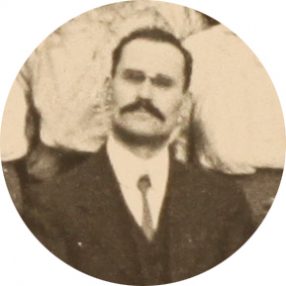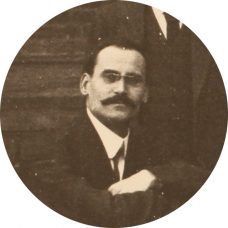As part of our 75th anniversary celebrations this year, we recently asked you, our users, to nominate your favourite ERO documents. Thank you very much to those of you who have sent in nominations so far – today we bring you the first in a series of your favourites.
This photograph of Elizabeth Greenwood was nominated by Rosalind Kaye, who has been using the ERO for her research for over 20 years. This is why she nominated this photograph:
Elizabeth was born in 1788, yet in this charming little photograph you feel you can touch her shawl, it is so clear. She produced 8 children, two of whom made their mark in Halstead – Robert Ellington (banker, farmer and proprietor of the gas works) and Lucy (founder and superintendent of the Halstead Industrial School). They were Quakers.
Thank you very much to Rosalind for nominating the photograph, we can see exactly what she means about the clarity of Elizabeth’s shawl, and how amazing it is to have a photograph of someone born in the eighteenth century.
We’ll be bringing you more favourites over the next few months. Nominate yours by downloading our form and either returning it in to the Searchroom desk or e-mailing it to hannahjane.salisbury[at]essex.gov.uk























